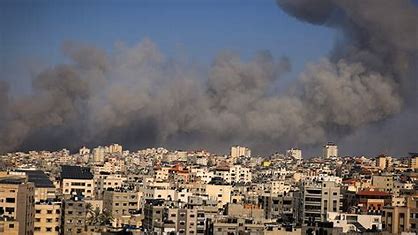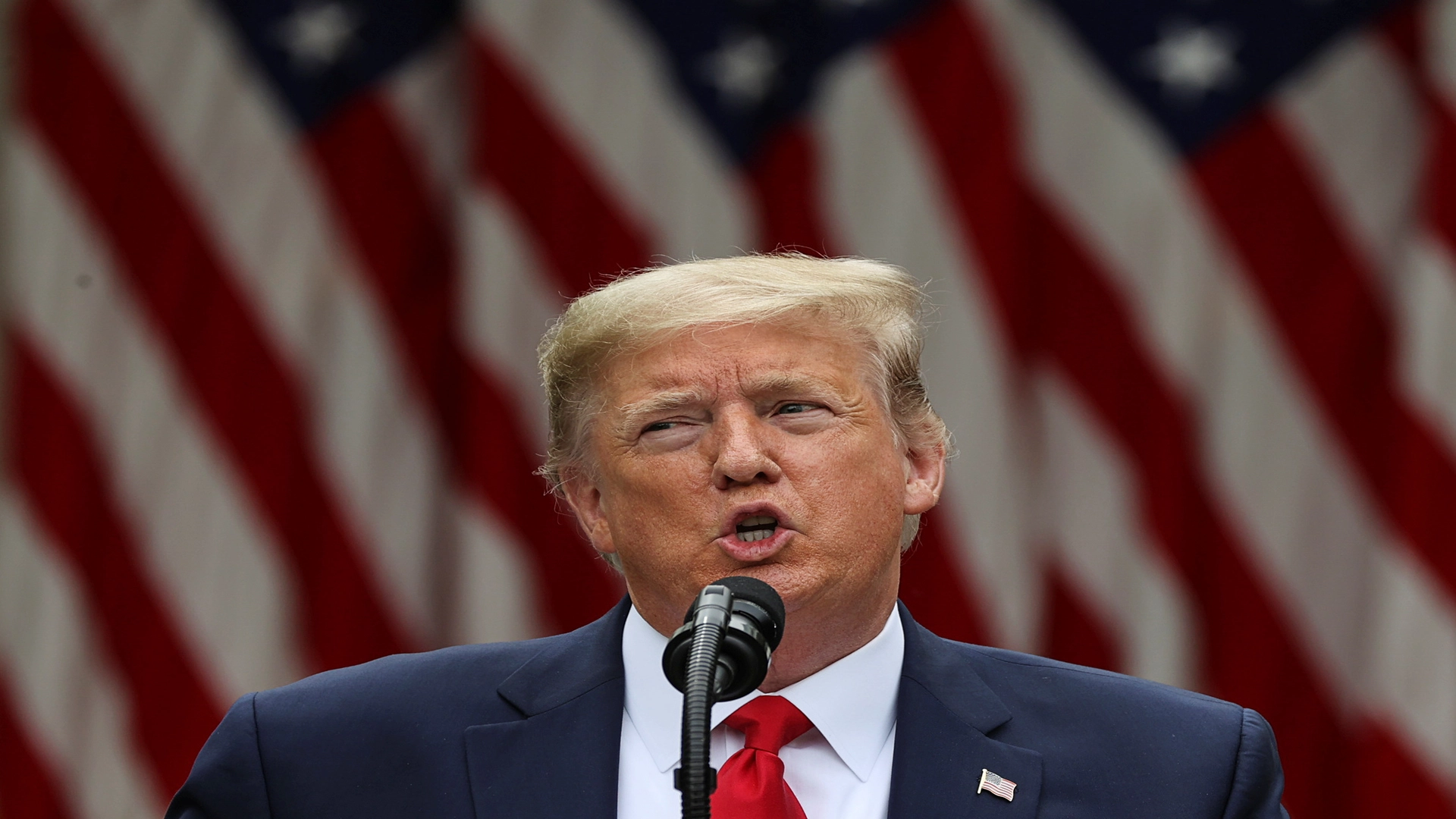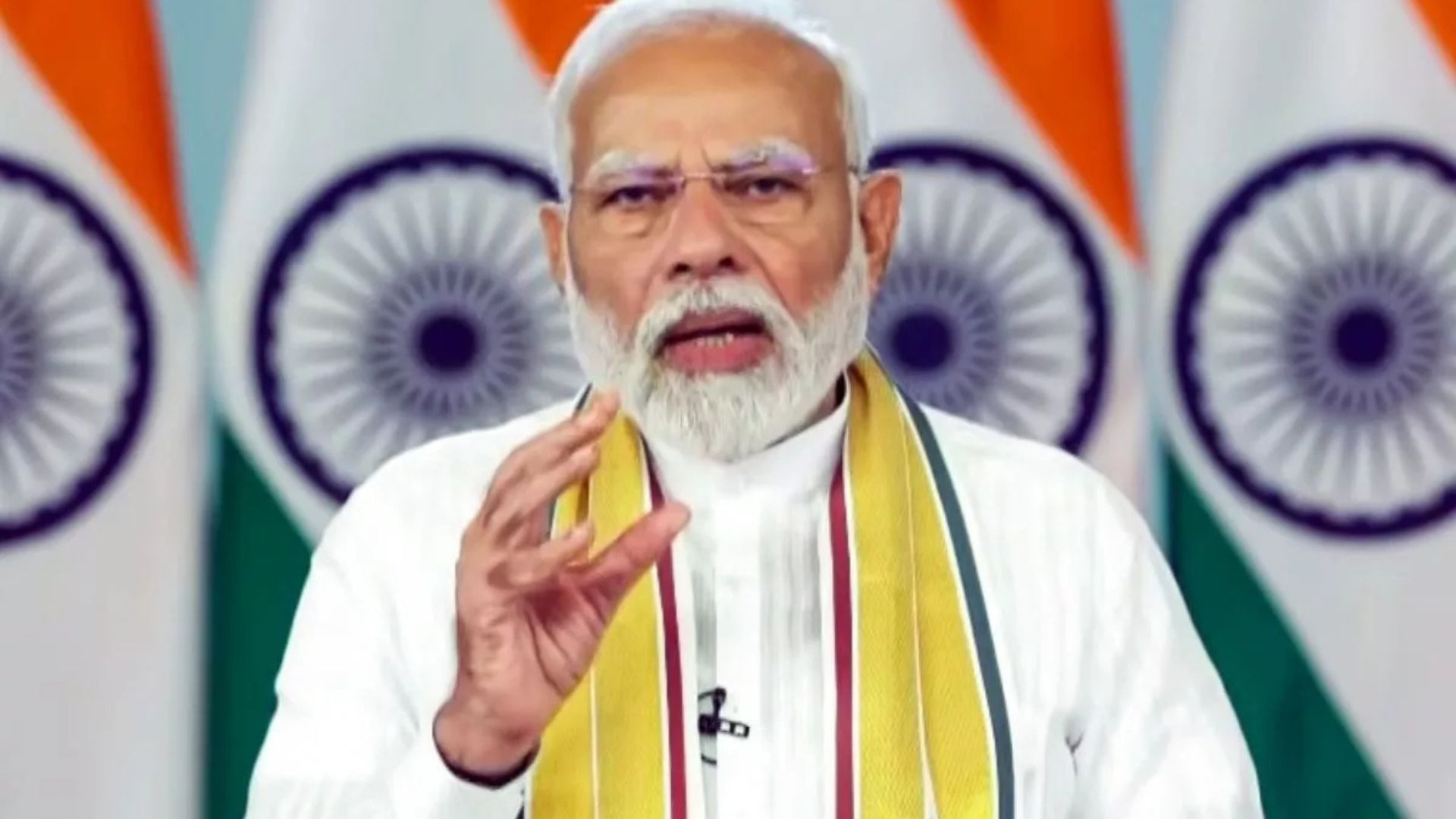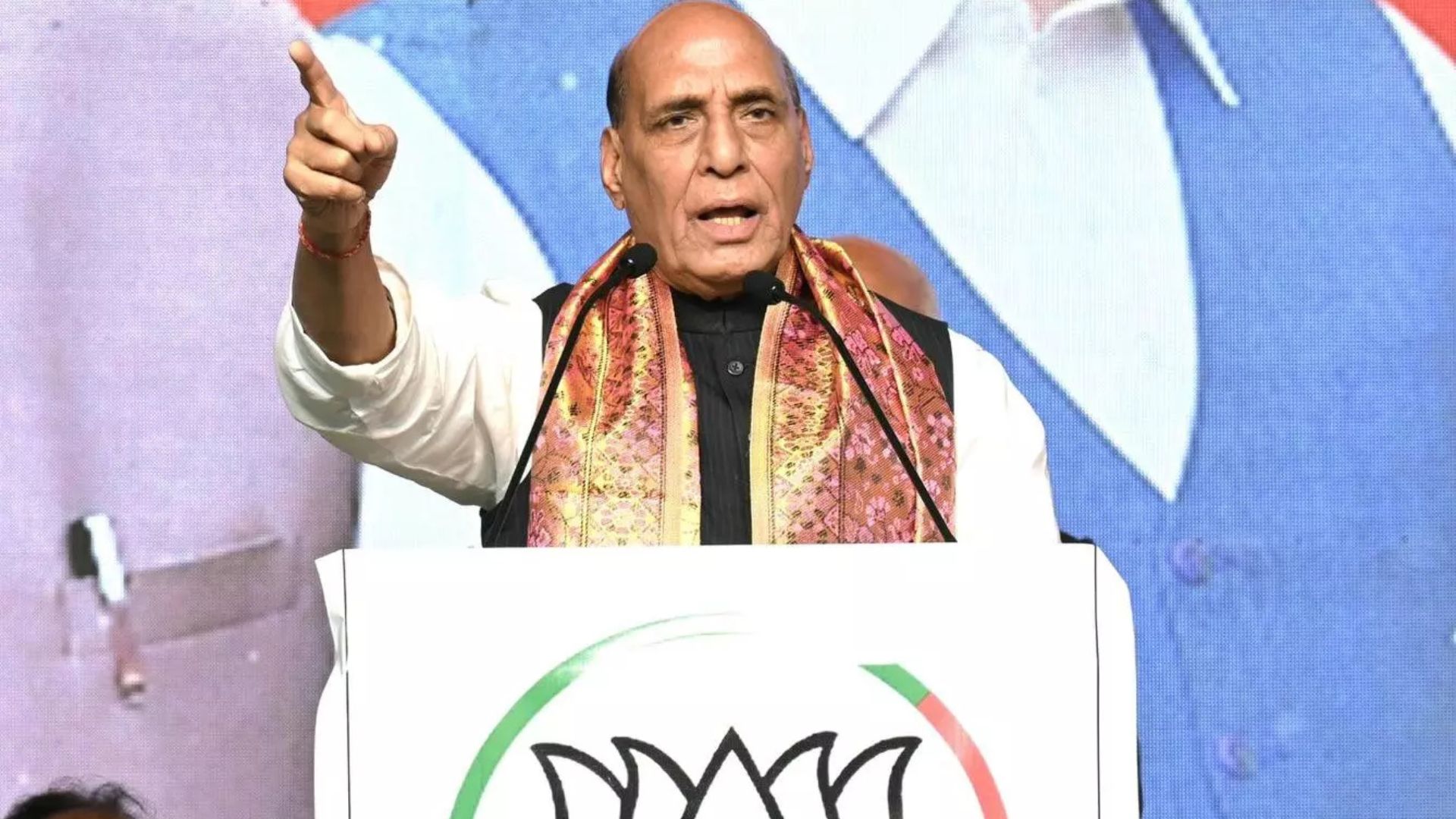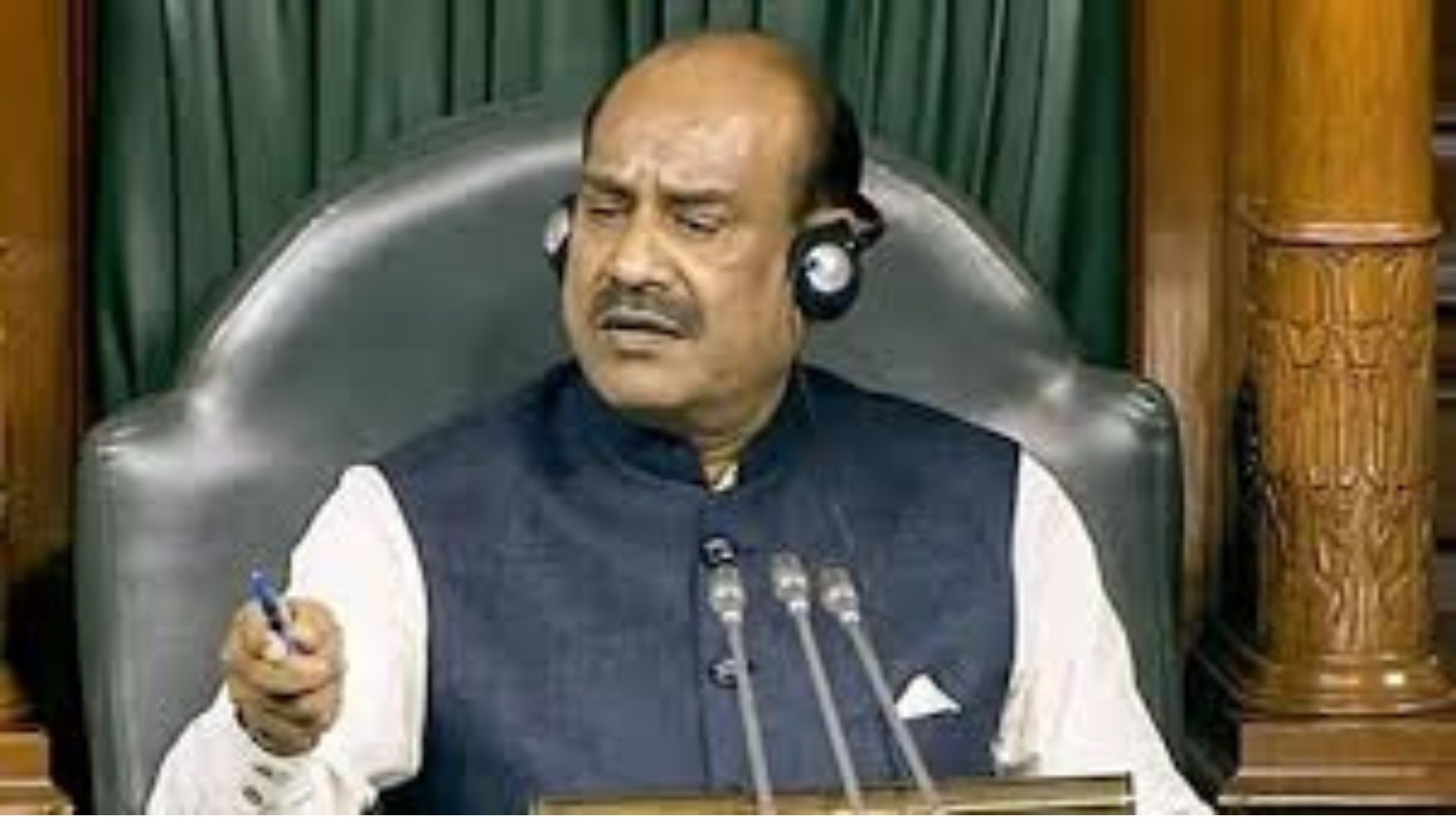
The arguments posited on exclusion of Jews warrant a nuanced understanding of the demographic realities and the historical migration patterns.
Recent developments have brought attention to the Citizenship Amendment Act 2019 (CAA), with particular focus on its exclusion of certain religious groups. A video featuring advocate Abhinav Chandrachud discussing the constitutionality of the CAA has resurfaced, sparking widespread discussion. Abhinav Chandrachud, the son of Chief Justice DY Chandrachud, highlights in the video how the CAA fails to include religions such as Judaism, raising constitutional concerns. There is a straightforward reality: there were no Jews who migrated to India from Pakistan or Bangladesh before 2014 and remained without citizenship. The analogy is as simple as attempting to divide by zero—an impossibility.
However, a deeper examination reveals complexities that challenge the assertions made. While Abhinav Chandrachud highlights the exclusion of certain religious groups, such as Jews, from the CAA, it’s crucial to acknowledge the context surrounding this omission. Historically, the migration of Jews from Pakistan or Bangladesh to India has been minimal, if not non-existent. This absence of Jewish migration from these countries before 2014 means that the issue of Jews being left out of the CAA does not necessarily resonate within the Indian context. Furthermore, the reference to a sole Afghan Jew underscores the limited scale of Jewish migration to India, particularly within the specified timeframe.
In essence, the argument posited by Abhinav Chandrachud regarding the exclusion of Jews from the CAA warrants a nuanced understanding of the demographic realities and historical migration patterns. While acknowledging the importance of inclusive legislation, which essentially is absent in Pakistan, it’s essential to contextualize discussions within the broader socio-political landscape to ensure informed dialogue and effective policy formulation amidst the minorities getting extinct from Pakistan.
The Partition of British India in August 1947 marked a watershed moment in history, resulting in the creation of two independent nations: India, with its foundation as a secular democracy, and Pakistan, as an Islamic state. This division, based on religious lines, aimed to accommodate the distinct identities and aspirations of the Hindu and Muslim populations. However, amidst this tumultuous transition, a lesser-known narrative unfolded—the exodus of Pakistani Jews.
In the aftermath of Partition, Pakistani Jews began a gradual migration to India, Canada, and the United States. The establishment of Israel in 1948 further accelerated this process. The newfound state’s emergence as a homeland for Jews worldwide heightened tensions and stirred sentiments negatively for the jews in Pakistan. As Israel solidified its place on the global stage, Pakistani Jews encountered heightened persecution and discrimination in Islamic Paksitan.
The rise of anti-Semitic sentiment in Pakistan, exacerbated by geopolitical tensions and religious fervor, precipitated an exodus of Pakistani Jews on an unprecedented scale. Faced with hostility and insecurity, many Pakistani Jews sought refuge in India and other countries, seeking sanctuary from the escalating persecution in their homeland.
The plight of Pakistani Jews serves as a poignant reminder of the complexities and consequences of religious partition. Their mass exodus from Islamic Pakistan underscores the enduring challenges of religious intolerance and minority persecution in Pakistan. Reports from Western religious freedom and human rights watchdogs, including Global Human Rights Defence, the US Commission on International Religious Freedom, and the United States Department of State, highlight the grave challenges confronted by religious minorities in Pakistan. These assessments underscore the persistent discrimination and hardships endured by minority communities within the country.
As per the 1941 census of India, the territories that would later constitute Pakistan in 1947 (comprising West Pakistan and East Pakistan, now Bangladesh) were home to approximately 5.9 million non-Muslims. However, following Pakistan’s independence, a significant exodus occurred, with an estimated 5 million Hindus and Sikhs migrating to India. Notably, Punjab witnessed a massive migration, with 3.9 million individuals relocating. Subsequent data from the 1951 census conducted by the Government of Pakistan indicated that Hindus constituted only 1.6% of Pakistan’s population. In contrast, in East Pakistan (present-day Bangladesh), non-Muslims accounted for 23.2% of the total population.
Forced conversions and coerced marriages involving girls from minority communities continue to be prevalent occurrences in Pakistan. For the dwindling Hindu community in Pakistan, one of the most pressing issue is the alarming rate of forced conversions of minor Hindu girls to Islam, with estimates suggesting up to 1,000 such conversions occurring annually.
These girls are frequently abducted by individuals with complicit acquaintances or relatives, as well as by men seeking brides. Shockingly, some are taken by influential landlords as payment for debts owed by their parents, who work as farmhands. Regrettably, authorities often turn a blind eye to these abductions and forced conversions.
In a particularly distressing case, a landlord abducted a Hindu daughter from a farm worker and falsely claimed that the teenager was being given as compensation for a debt of $1,000 owed by the family. Such instances shed light on the systemic challenges and injustices faced by the Hindu community in Pakistan.
Recent findings reveal a concerning trend regarding the fate of Hindu temples in Pakistan. At the time of Partition, there were over 428 Hindu temples across the country. However, a staggering 408 of these sacred sites have been repurposed into establishments such as toy stores, restaurants, government offices, and schools. The data indicates that out of the remaining temples, 11 are located in Sindh, four in Punjab, three in Balochistan, and two in Khyber Pakhtunkhwa. These findings underscore the challenges faced by religious minorities in Pakistan and raise questions about the preservation of cultural heritage and religious freedom in the country.
In October 2020, an unsettling incident occurred in Nagarparkar, located in the Sindh Province of Pakistan, where idols of Goddess Durga were vandalized, stripped, and damaged. Reports indicate that the incident took place following the Hindu community’s observance of prayers during the festival of Navaratri. In December 2020, a Hindu temple located in the Karak district of Khyber Pakhtunkhwa, Pakistan, fell victim to an act of violence perpetrated by a mob of around a hundred individuals, reportedly instigated by local Muslim clerics. The temple was destroyed and set ablaze during the disturbing incident.
In August 2021, a Hindu temple in Rahim Yar Khan, Punjab, fell victim to an attack by a Muslim mob, resulting in the vandalism and destruction of the Siddhi Vinayak temple. The incident involved the damaging and burning of Hindu idols within the temple premises. Ramesh Kumar Vankwani, a member of the Hindu National Assembly, reported that tensions in the city escalated in the aftermath of the temple’s desecration.
In the face of dire circumstances, minorities residing in Islamic nations such as Pakistan find themselves with limited options for refuge, often turning to India as their sole destination. The raison d’être behind the Citizenship Amendment Act (CAA) thus becomes paramount, as it serves as a crucial mechanism for safeguarding the fundamental human rights of these vulnerable populations.
By providing a pathway to citizenship for persecuted religious minorities from neighboring countries, particularly Hindus, Sikhs, Christians, Buddhists, Jains, and Parsis, the CAA aims to offer them a chance at a secure and dignified life in India. This legislation stands as a testament to India’s commitment to upholding the principles of inclusivity, pluralism, and protection of human rights, serving as a beacon of hope for those fleeing persecution and seeking refuge from oppression.
Siddhartha Dave is an alumnus of United Nations University, Tokyo and a former Lok Sabha Research Fellow. He writes on Foreign Affairs and National Security
